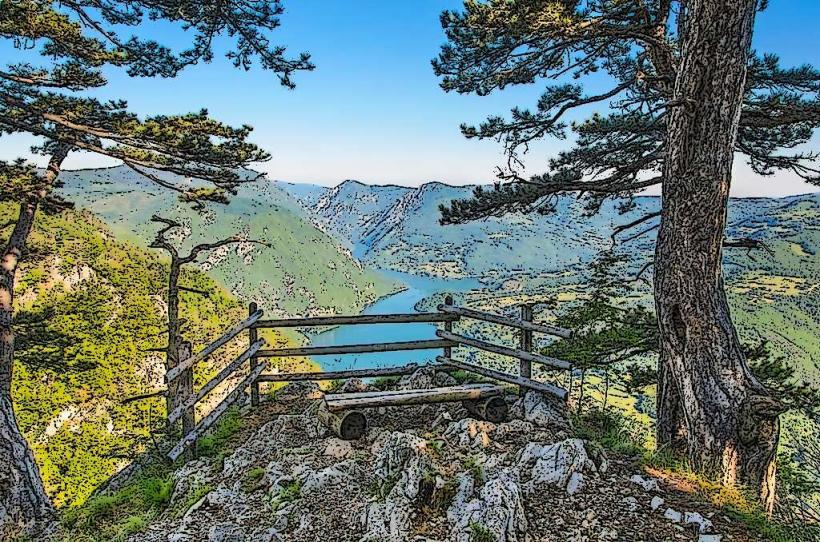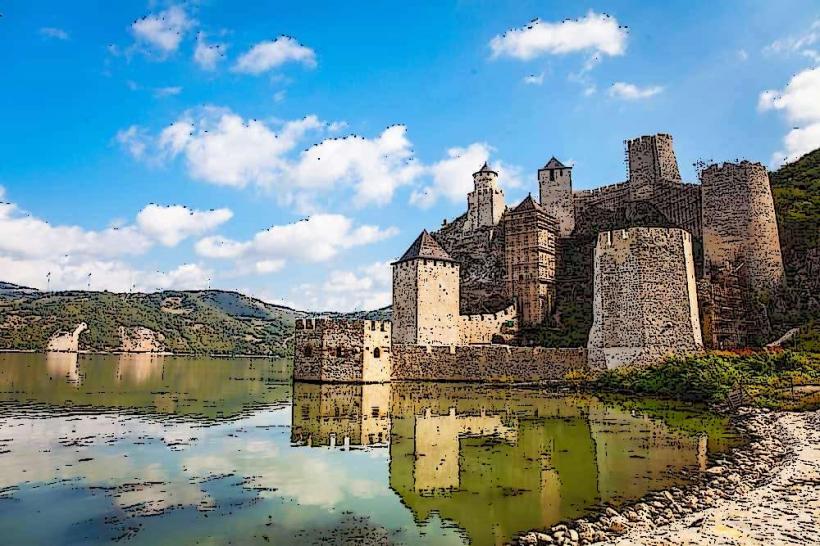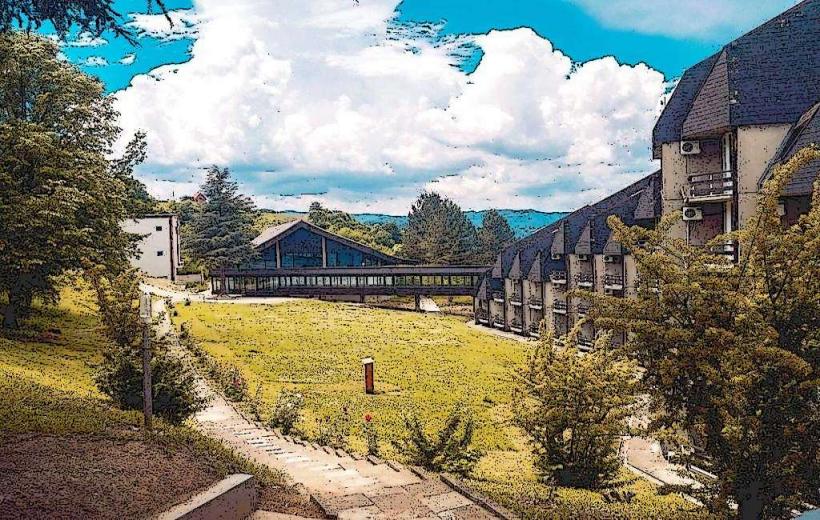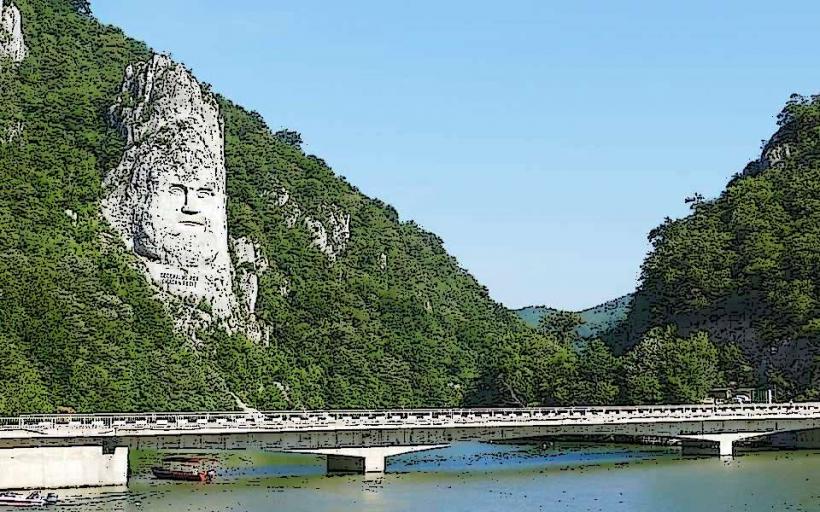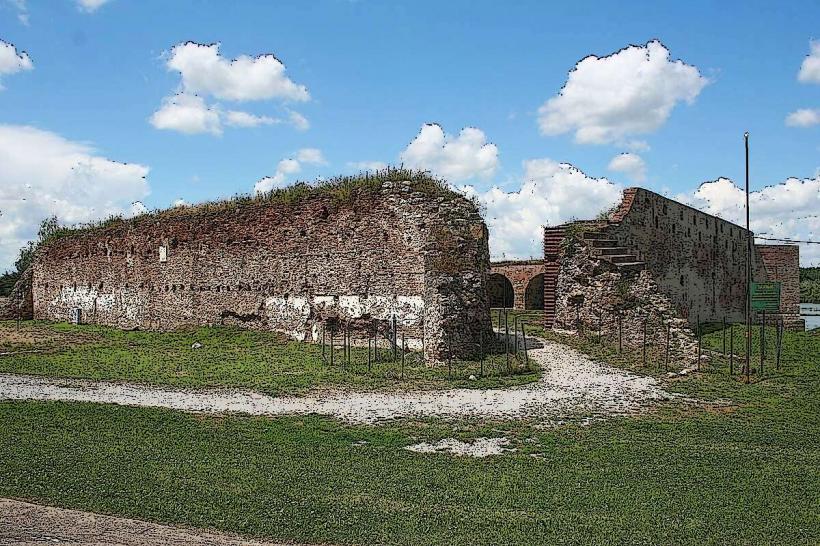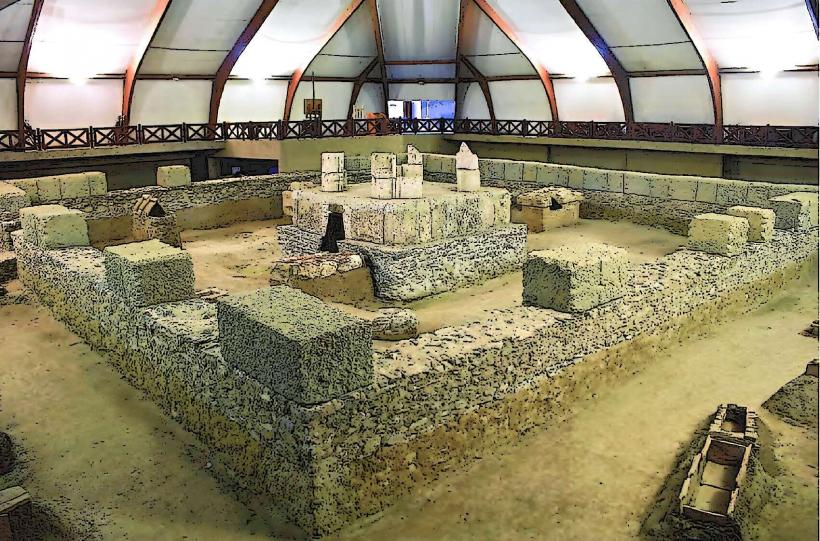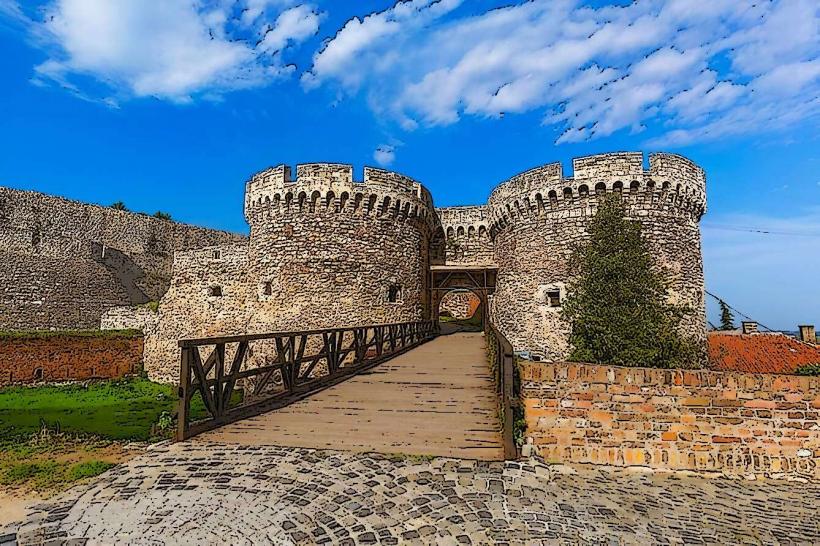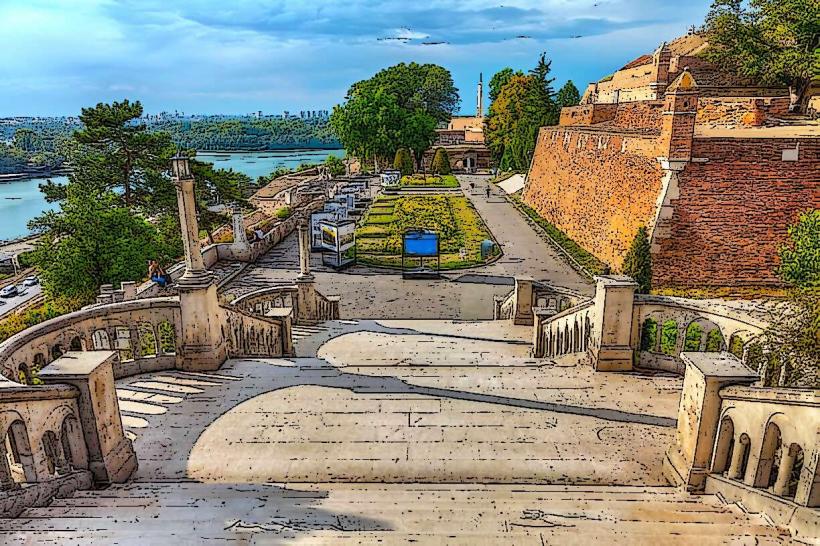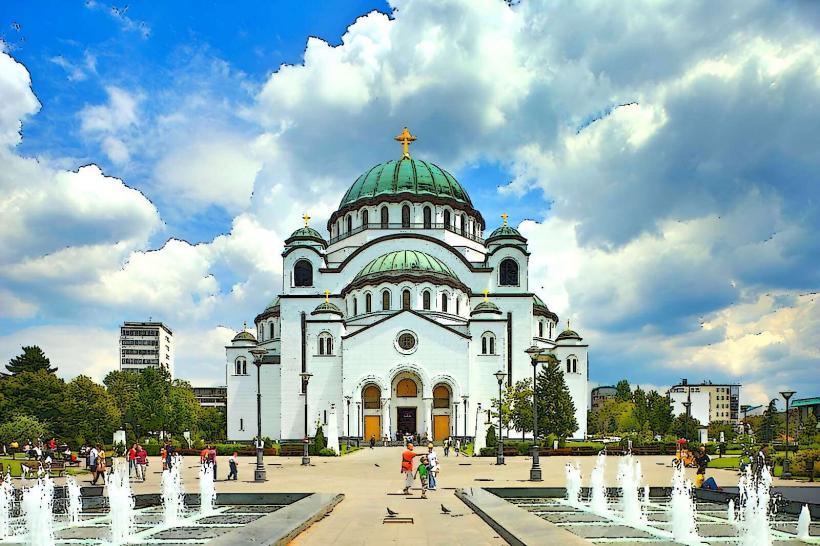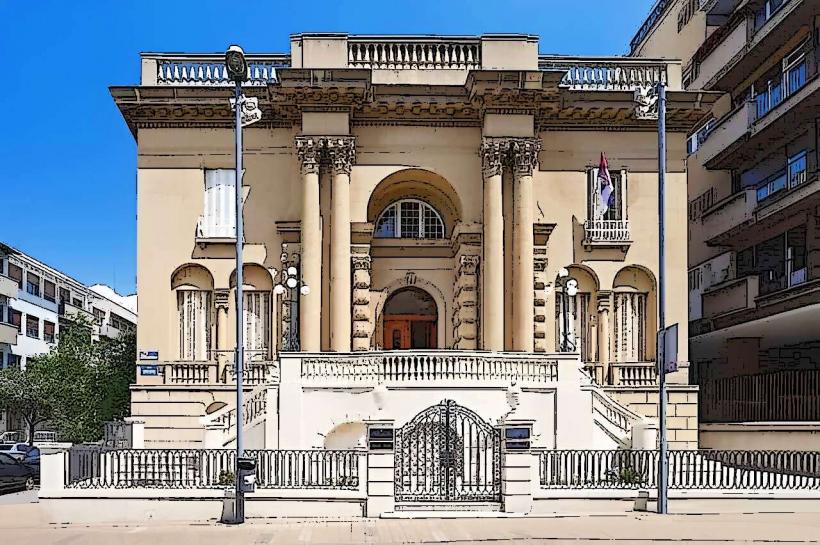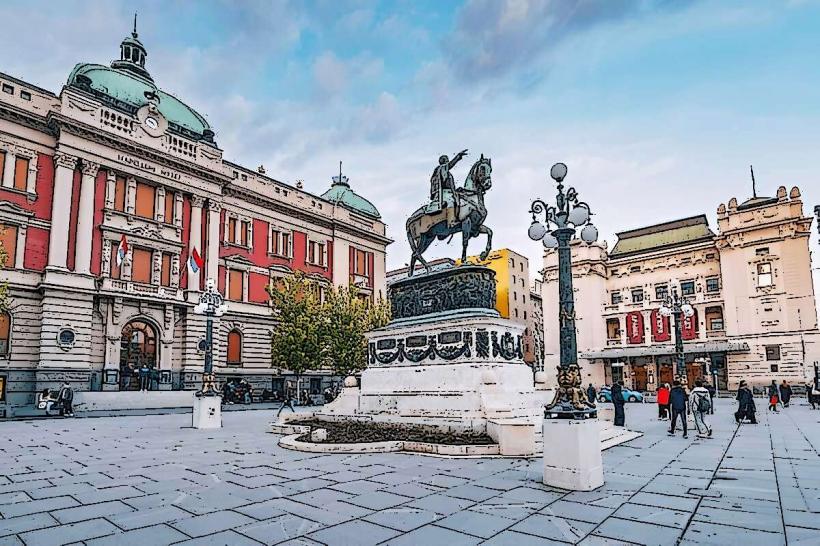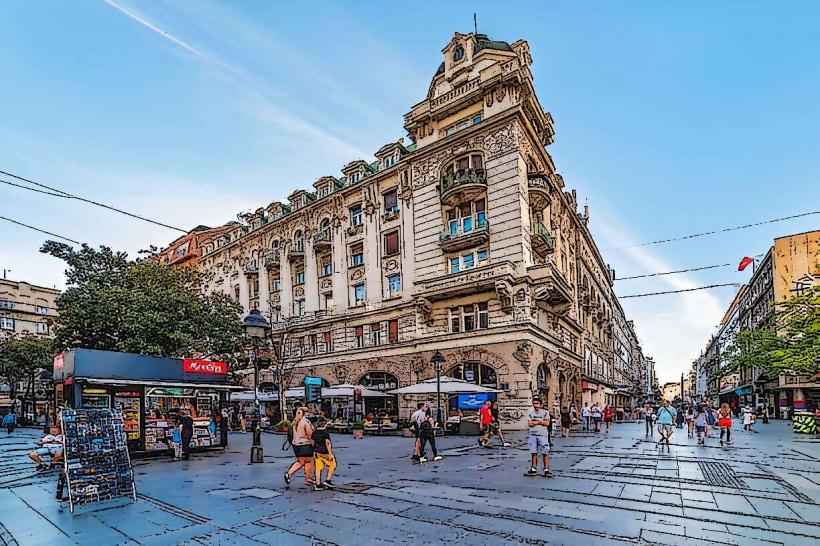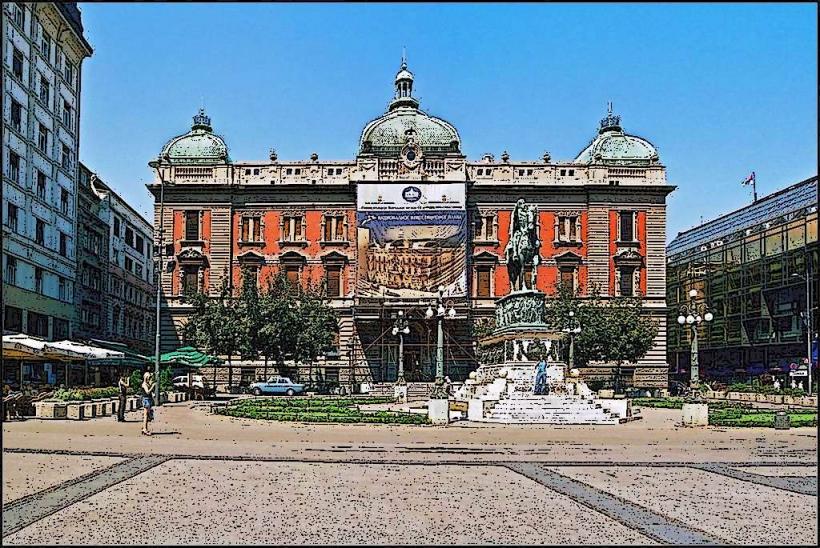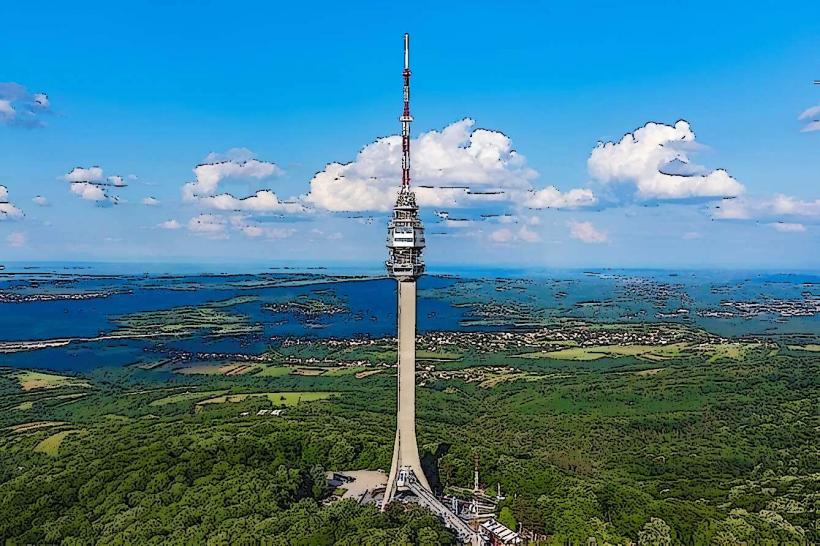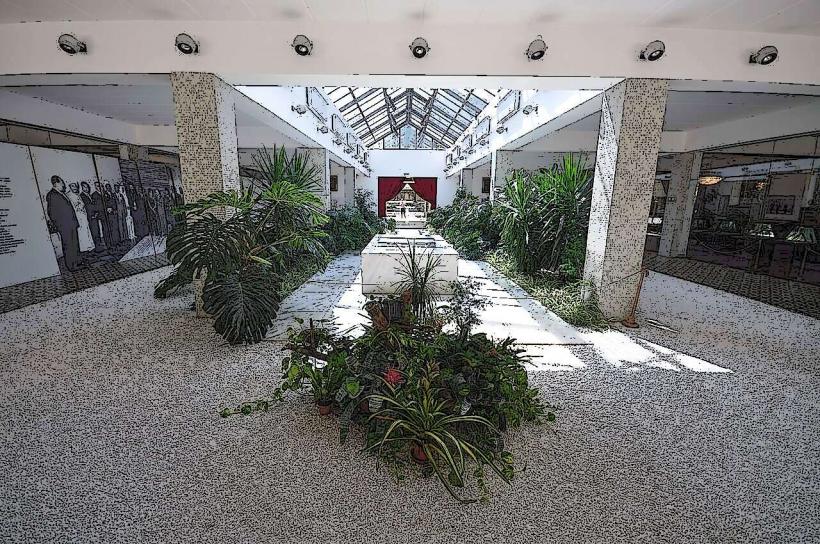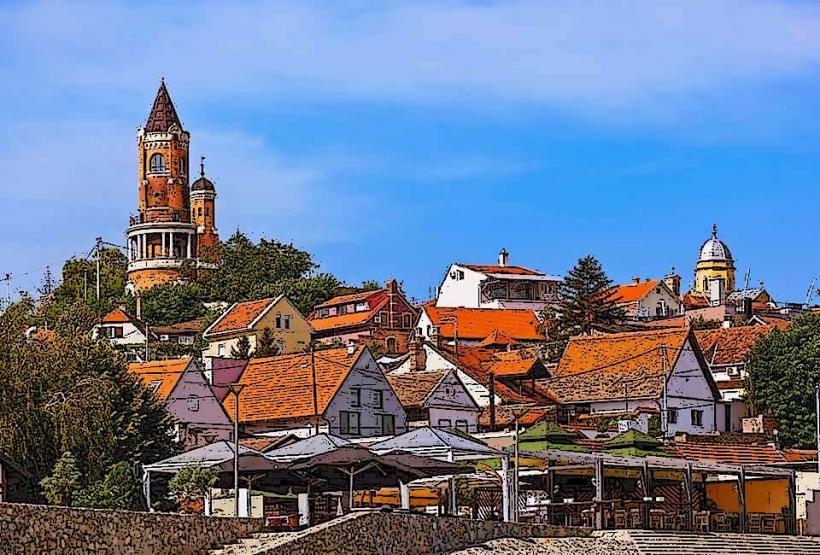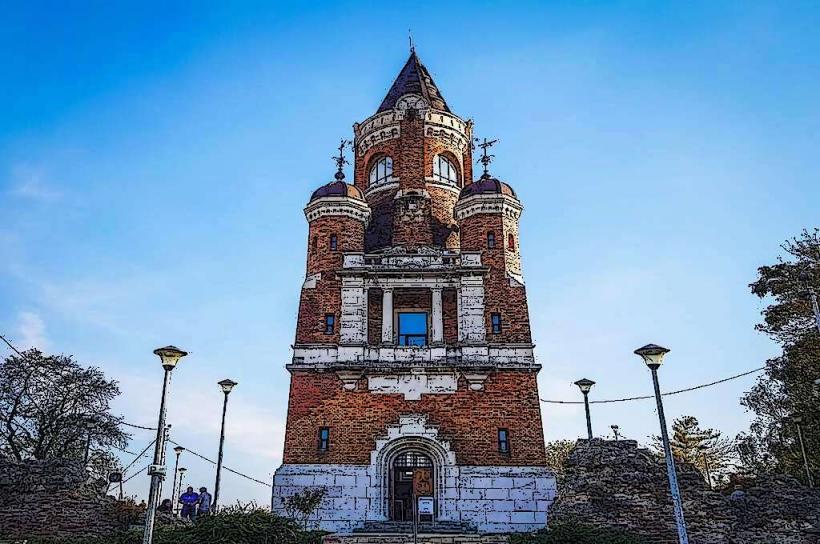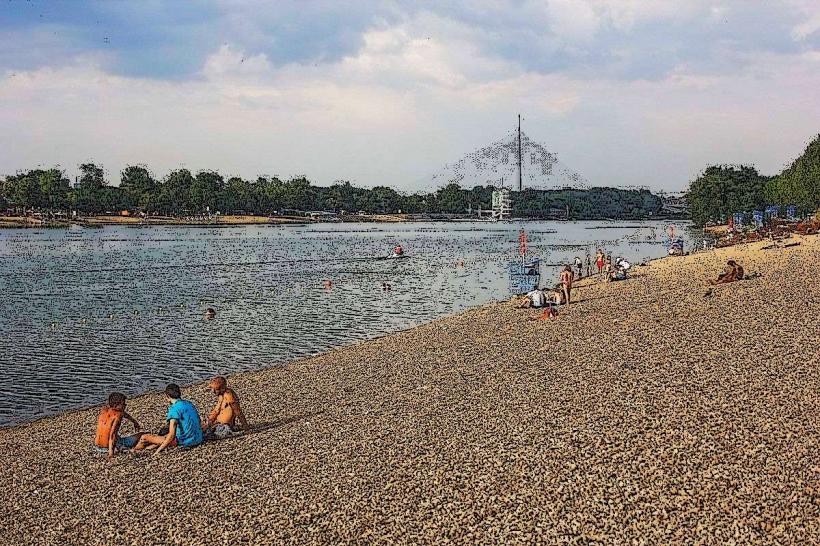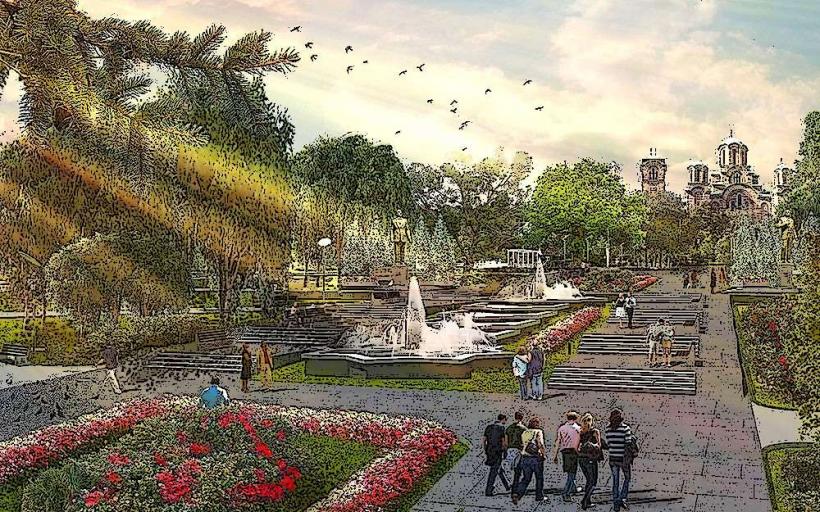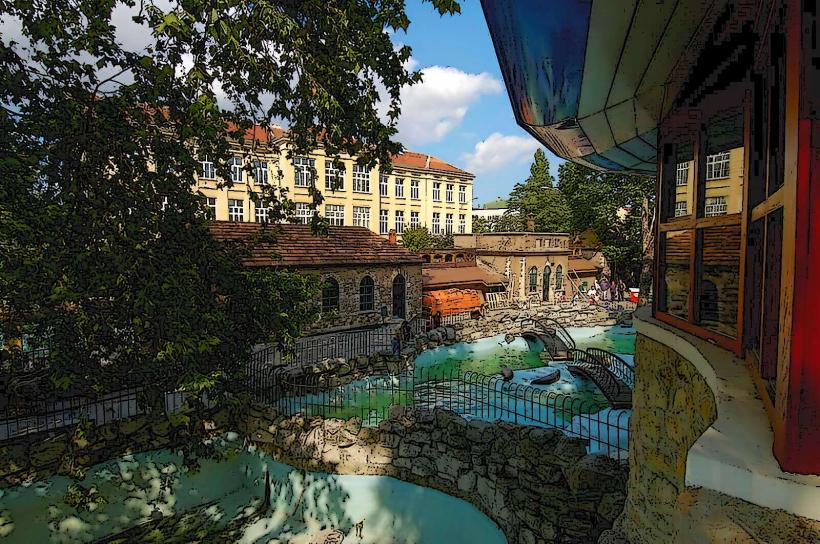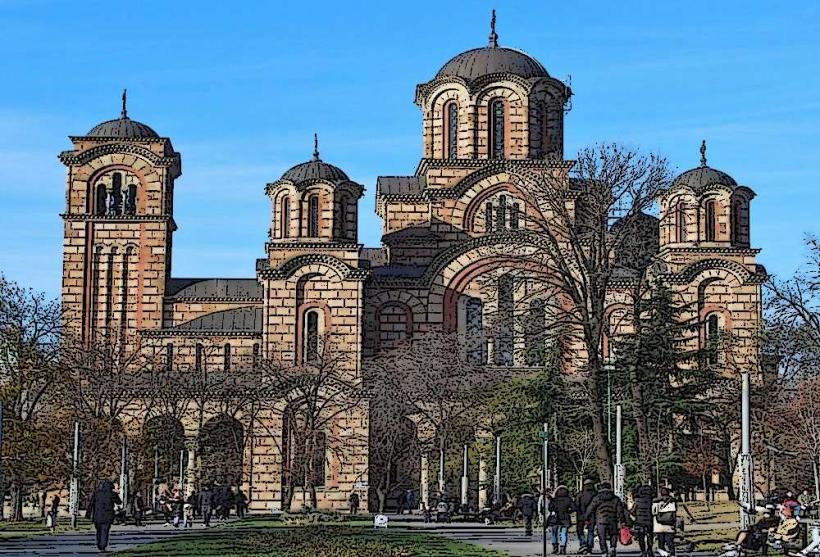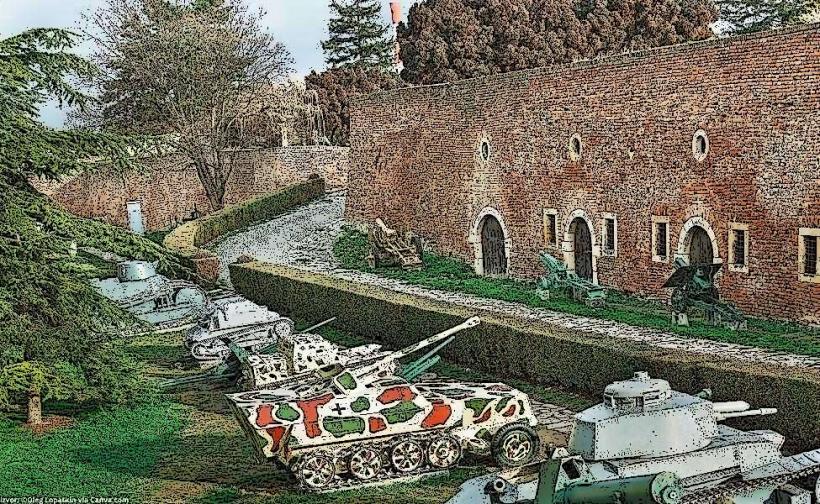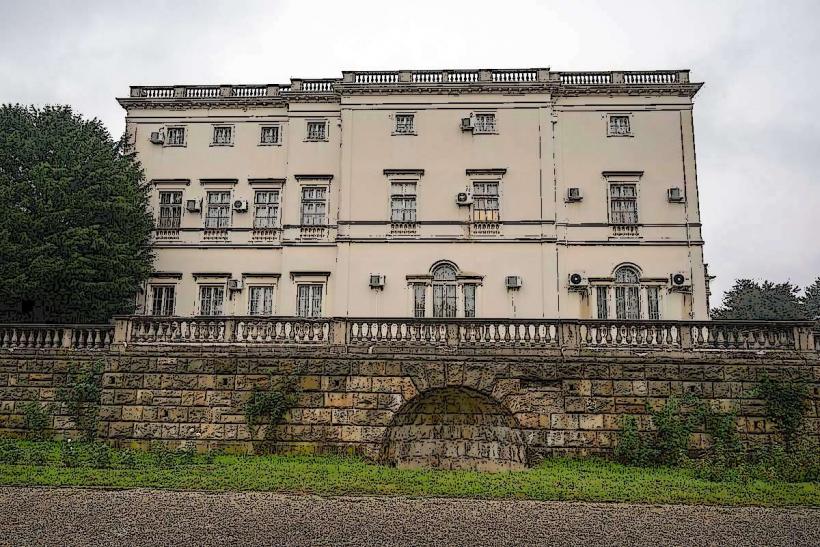Information
Landmark: Museum of YugoslaviaCity: Belgrade
Country: Serbia
Continent: Europe
The Museum of Yugoslavia (Muzej Jugoslavije) is a prominent cultural institution in Belgrade, Serbia, dedicated to preserving and presenting the history, culture, and legacy of Yugoslavia, the now-dissolved country that existed from 1918 to 1992. The museum offers visitors a comprehensive understanding of the political, social, and cultural history of the former Yugoslavia, with a special focus on the leadership of Josip Broz Tito and his role in shaping the country.
Historical Background:
The Museum of Yugoslavia was founded in 1996 as a response to the disintegration of Yugoslavia in the early 1990s and the subsequent need to preserve the country’s complex history. The museum was established on the grounds of the former Tito's residence and House of Flowers, and it houses a rich collection of artifacts, documents, and exhibits that reflect the varied aspects of Yugoslav history.
The museum’s mission is to preserve the historical memory of Yugoslavia, particularly from the era of Tito's leadership, which was seen by many as a period of relative stability, economic development, and cultural progress. The museum also aims to foster understanding about the complex legacy of Yugoslavia and to educate future generations about the country’s cultural and political history.
Museum Complex:
The Museum of Yugoslavia is housed in a historical complex consisting of multiple buildings:
The House of Flowers (Tito's Mausoleum):
As previously mentioned, the House of Flowers is part of the museum complex and serves as the mausoleum of Josip Broz Tito. This part of the museum focuses on Tito's life, leadership, and legacy, as well as the era of Socialist Yugoslavia under his rule.
The Museum Building:
The main museum building is dedicated to the broader history of Yugoslavia. It contains permanent and temporary exhibits that cover various aspects of the country’s social, political, and cultural development from the formation of the Kingdom of Yugoslavia in 1918 to the breakup of the country in the early 1990s. The museum’s collection is divided into different thematic sections, offering insight into different periods of Yugoslavia’s history.
Tito’s Former Residence:
The complex also includes Tito’s former residence, where the leader lived during his time in power. Visitors can see the personal items, gifts, and furniture that belonged to Tito and other significant historical figures from the era. The residence is a representation of Tito’s modest yet influential lifestyle.
Exhibition Spaces:
The museum hosts a variety of temporary exhibitions, which cover a wide range of topics related to Yugoslav history, culture, and politics. These exhibitions often feature art, historical documents, photographs, and multimedia presentations that provide deeper insights into specific aspects of Yugoslavia’s development.
Main Exhibits and Collections:
The Museum of Yugoslavia holds an impressive collection that spans the entirety of Yugoslavia’s history. Some of the key highlights include:
Yugoslav History and Politics:
The museum covers the history of Yugoslavia’s formation, from the unification of the South Slavic peoples into the Kingdom of Serbs, Croats, and Slovenes in 1918 to the establishment of the Socialist Federal Republic of Yugoslavia after World War II. It explores the country’s complex political system, which included a mix of socialism, self-management, and federalism. Exhibits also delve into the political and social challenges faced by Yugoslavia, particularly during the Cold War era, as well as the disintegration of the country in the early 1990s.
Tito’s Life and Legacy:
A significant portion of the museum is dedicated to Josip Broz Tito, the leader of Yugoslavia from 1945 until his death in 1980. This exhibit highlights Tito's political career, his role in the resistance during World War II, his leadership of the Partisans, and his influence in shaping Yugoslav socialism. The museum also showcases personal artifacts from Tito's life, such as his clothing, letters, and medals.
The Non-Aligned Movement:
Tito was a founding member of the Non-Aligned Movement, which sought to provide an alternative to the Cold War division between the United States and the Soviet Union. The museum features exhibits that explore Yugoslavia’s role in this international organization, which aimed to promote peace, sovereignty, and cooperation among countries that did not wish to align themselves with either superpower.
Yugoslav Culture and Art:
The museum has a section dedicated to the cultural achievements of Yugoslavia, including art, music, theater, and literature. The collection includes works by notable Yugoslav artists, as well as ethnographic collections that represent the diverse cultures within the country. The museum also highlights the role of Tito in promoting a unique Yugoslav identity that balanced nationalism with socialism.
Photographs and Personal Documents:
The museum holds a vast collection of photographs and documents related to the history of Yugoslavia. These include images from World War II, Tito's meetings with world leaders, and everyday life in Yugoslavia. The photographs provide a visual narrative of the country’s development and the challenges it faced during its existence.
Yugoslav Diplomacy and Foreign Relations:
The museum explores Yugoslavia’s foreign policy and its interactions with other countries. Tito’s diplomatic role in balancing relations between the Eastern Bloc and the Western powers is a key theme, as is the role of Yugoslavia as a mediator in international conflicts.
Significance and Legacy:
The Museum of Yugoslavia serves as an important institution for historical preservation and education. It provides a nuanced and balanced perspective on Yugoslavia’s history, emphasizing its unique position as a socialist federation in Europe. The museum is a place where visitors can learn about the country's achievements and challenges, as well as reflect on the complexity of its political and cultural legacy.
The museum is also a place for dialogue and reflection on the breakup of Yugoslavia and the conflicts that followed. By preserving the history of the former state, the museum seeks to foster a deeper understanding of the region’s past, which is essential for building a more stable and peaceful future.
Visiting the Museum:
Location:
The Museum of Yugoslavia is located in the Dedinje district of Belgrade, near the House of Flowers. It is easily accessible by public transportation or private car from the city center.
Opening Hours and Fees:
The museum is open to visitors daily, except for certain holidays. Entrance fees are typically modest, and there may be discounts for students and groups. The museum also offers guided tours for those who want an in-depth exploration of the exhibits.
Educational Programs:
The museum organizes a variety of lectures, workshops, and educational programs aimed at teaching visitors about the history of Yugoslavia. These programs often focus on the political, cultural, and social aspects of the country’s past.
Conclusion:
The Museum of Yugoslavia is an essential site for anyone interested in the history of the former Yugoslavia and its significant role in 20th-century history. With its rich collections and focus on the leadership of Tito, the museum offers a comprehensive view of the country’s complex and fascinating history, as well as its impact on the broader world stage. Whether you are interested in politics, culture, or history, the museum provides a valuable and insightful experience that sheds light on an often-overlooked chapter in European history.

